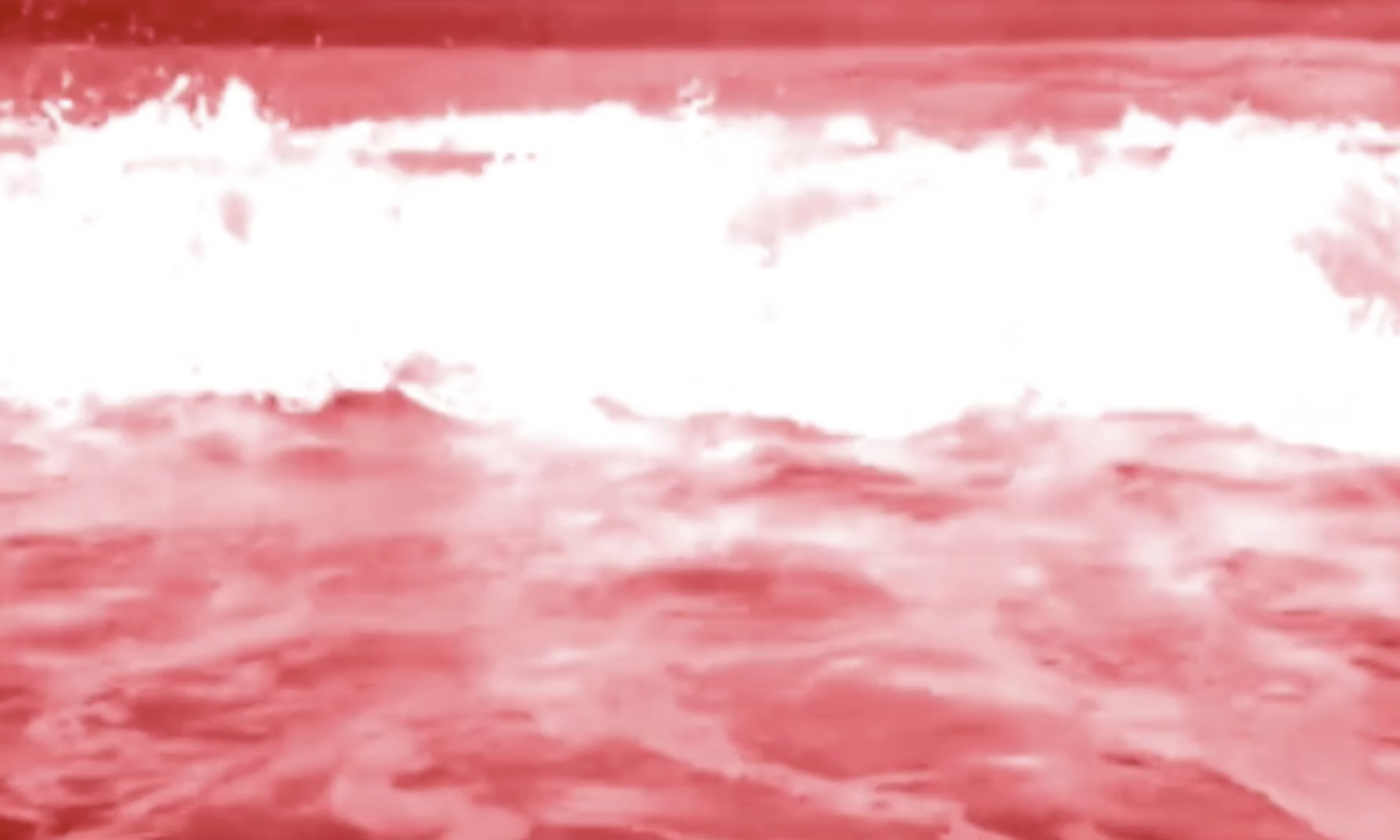Interdisciplinary Macbeth
Date: June 2019
Location: Emergence Performance Festival / Prague Industrial Palace (Prague Quadrennial of Performance Design 2019)
Format: installation
Participants: Aleksandar Dundjerovic, Stephen Simms, Maria Sanchez
Description:
Interdisciplinary Macbeth was a result of a six-day intensive rehearsals as part of Result Driven Workshop section of the festival with an international group of twelve performance designers. The outcome, promenade installation, was presented at the Prague Industrial Palace on 12th June 2019. The workshop was intended to help performance designers to engage in devising processes using their own visual and multi-sensorial language and translating it into dramaturgical decisions in interpretation of imagery in Shakespeare’s Macbeth. In this workshop, we devised using objects, images, sound and the human body. Starting from the images evoked by Macbeth, the participants created a series of performative and visual events or installations, using objects, projection, sound and their bodies. This workshop was attended by designers from different parts of the world – China, USA, Australia, Brazil and the UK – who worked collaboratively with the principal investigators. The participants included students and established professionals from different backgrounds, such as installation, costume, puppetry and theatre design.
Research enquiry
The objective of Interdisciplinary Macbeth was to explore the use of space as the primary tool in devising, working with the space as dramaturgy. Designers are not generally actively involved in the devising process, although it is one of the most popular strategies in performance creation. Directors and performers mostly use devising, but how can a designer devise a space though a group process and be actively engaged in the creation of new performance work?
Research Background
The starting point was the creative process based on the Repère methodologies appropriated by Robert Lepage. Founded on Anna and Lawrence Halprin’s RSVP Cycles, this process has group creativity based on a cyclical reworking of starting references at its core. The methodology based on actors’ creator improvisation and collective dynamics was applied to performance designers as creators, devising through visual and installation arts. In addition, we applied the Viewpoints through exploration of architectural objects, lighting, and understanding of configuration of space in order to responded to it as performers. This was an innovative approach in working with designers as devisers, placing space at the centre of creativity.
Methodology
In Interdisciplinary Macbeth the participants walked amongst the audience at the Prague Industrial Palace, inviting the audience to come into a section of the space which had been transformed into a mix-media experience environment based on the prophecies from the text of Macbeth. Through immersion, the audience explored spaces where fragments from Shakespeare’s Macbeth were presented using the performance language of installation, combining visual and performing arts. This work, following collaborative methods, provided new ways of exploring different dramaturgical techniques, creative workshops and strategies, mixing visual and performing arts. It also offered a new understanding of cross-cultural collaboration that helped to engage in the adaptation of classics through multimedia and plural linguistic performances at a global level.
Research outcomes and evaluation
This cycle staged themes from Shakespeare using the aesthetic of mixed media, visual and performance arts. The outcome was a series of performative events based on stimuli such as words, themes and images found in the text.
Interdisciplinary Macbeth was part of the Emergence Performance Festival at PQ19. This unique version of Macbeth approached the transformation and adaptation of Shakespeare’s Macbeth through an installation space. The transformation was done through mix media techniques, which involved projection, soundscapes and performance scores in a site-specific installation designed to trigger audience participation.
The outcome of cycle four was the creation of a number of visual images that served to develop a future performance narrative, translating the language of the dramatic text into the performance design of the space using audio-visual elements. This led us to the question of how to make these images more accessible to broader audiences when staging Macbeth. We found the answer in the use of technologies such as virtual and augmented reality.

